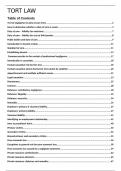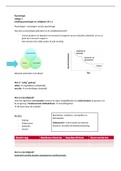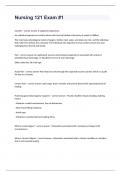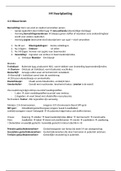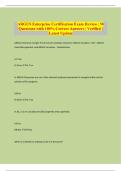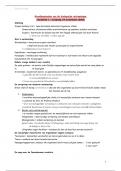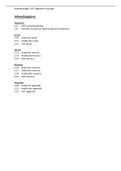College aantekeningen
PGDL/GDL (Distinction achieved) - Tort Law
- Vak
- Instelling
Achieved DISTINCTION (1st class honours) using these notes. Summarises everything you need to know for Tort Law in the PGDL/GDL course. Carefully curated summary notes, aligned precisely with exam specs, comprehensive and also tailored to the specifics of the PGDL/GDL exams. Organised meticulously ...
[Meer zien]
